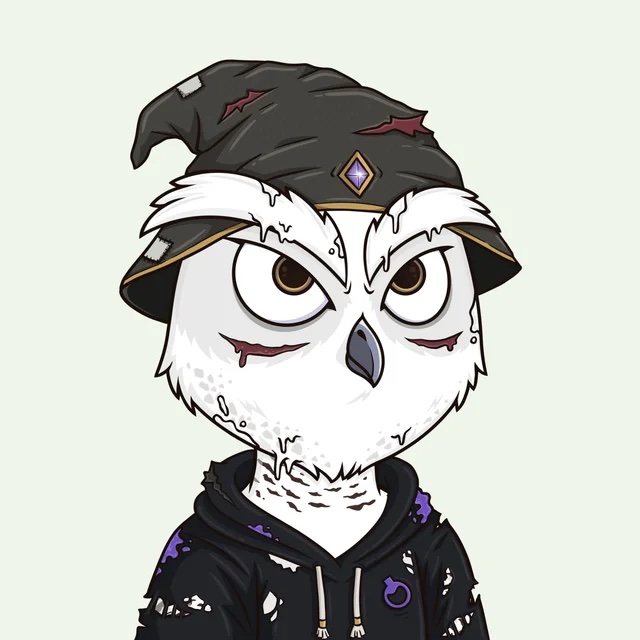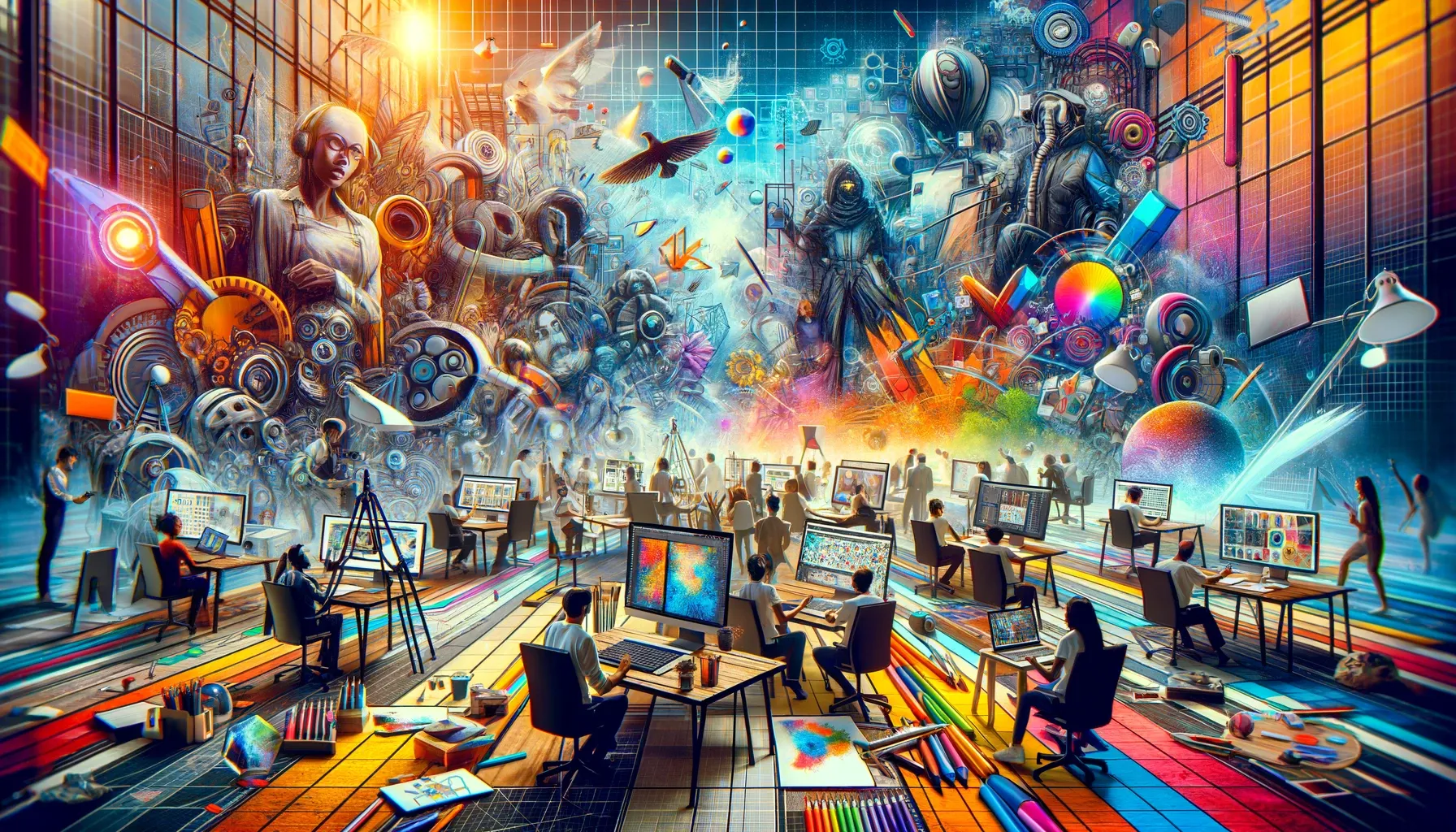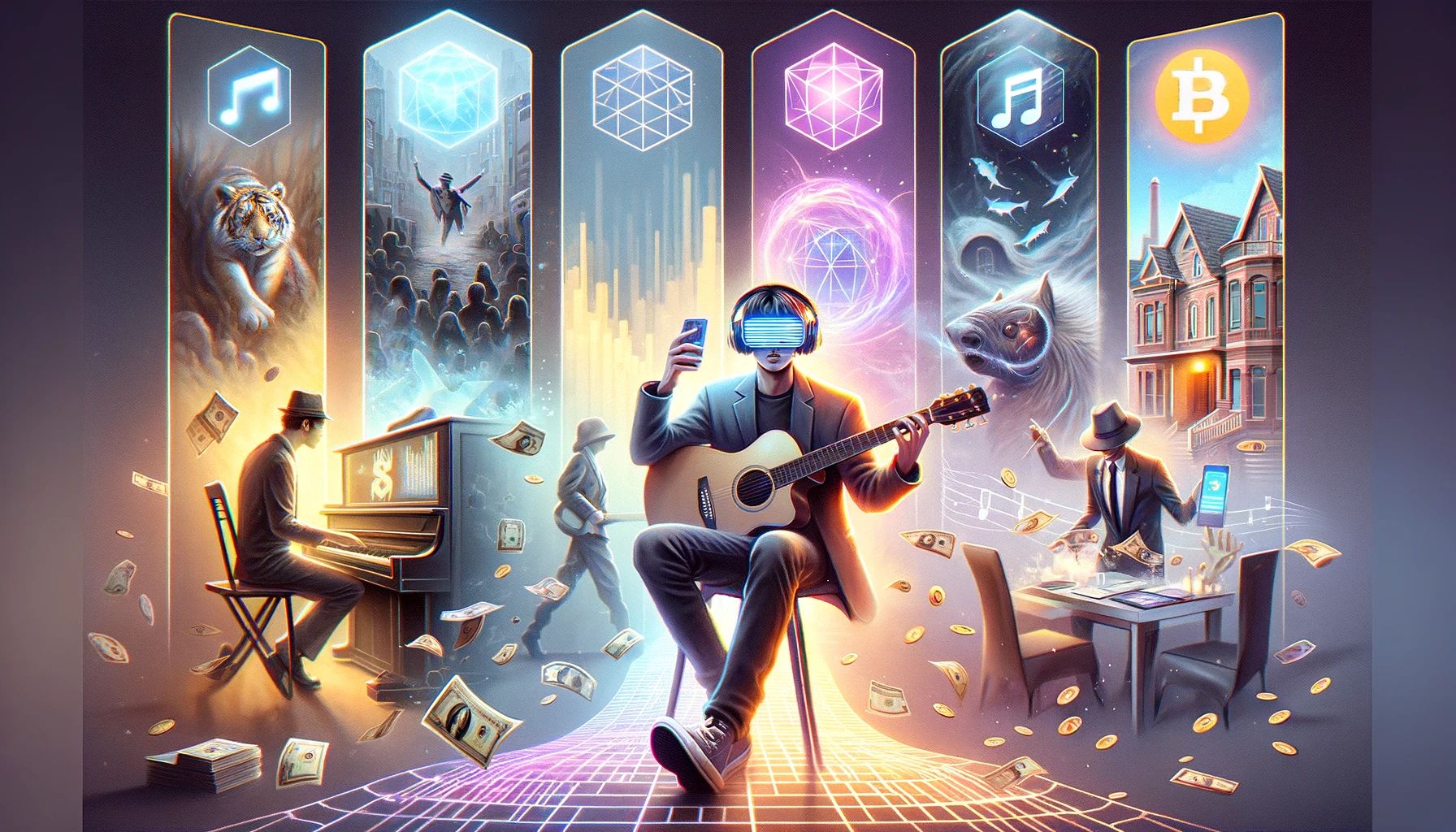On Tezos, Digital Art Is The New Ape
May 17, 2022 - 5 min read
NFT artists and creators are turning to environmentally friendly blockchains like Tezos. The platform is attracting more artists as interest in NFTs grows.

The below article is a sponsored post.
The explosive growth in NFT sales has hit the headlines repeatedly over the past 18 months or so. With millions of dollars worth of crypto being spent on an array of blockchain-authenticated artworks, non-fungible tokens have become a big talking point.
NFTs these days are a status symbol for the rich and famous, with dozens of well-known celebrities proudly displaying their Bored Ape Yacht Club representations as their profile pics on sites like Twitter. NFTs are often cited for their potential as certificates of ownership that can enable artists to effectively establish copyright over the digital media they create. And yet, the distinction between traditional artwork and the digital collectibles often seems blurred, with the world of NFTs far more inclusive of newcomers than established artists.
With the emergence of the Tezos blockchain, the pioneer of the environmentally-friendly proof-of-stake consensus, that’s rapidly changing. In recent months Tezos has cemented its position as a leader in the NFT space, with big brands like Red Bull Racing, Pantone, The Gap, and video games giant Ubisoft, plus artists like Doja Cat breaking ground on the blockchain at Art Basel Miami Beach and other events. Thanks to its surging popularity, more traditional artists are turning to Tezos too.
Art in the traditional sense is rapidly becoming the new Ape and it’s all thanks to Tezos, whose energy-friendly blockchain is having a magnetic pull on creators from all over the world. Thanks to its unique consensus mechanism, the Tezos blockchain doesn’t consume tons of power to create, mint, buy and sell NFTs like the rival Ethereum platform. And so it rightly claims to be the home of “clean NFTs” that have minimal impact on the planet’s environment.
It’s an important distinction because creators have a tendency to care more about the environment than most. Take Christopher Schultz, head of the interactive studio SPACE in Hamburg, who has experimented with Clean NFTs on Tezos. He told TalentHouse that his recent collection “Unseen Frames” encompasses 12 beautiful frames made from terabytes of digital film content that were previously unseen and now minted as NFTs.
“We decided directly in favor of Tezos,” he told TalentHouse. “For us, it is the platform we trust most in terms of climate-friendly technology.”
Artists like Schultz have been flocking to Tezos and as a result, its NFT ecosystem has developed a distinctive, heavily art-focused culture that’s attracting art galleries, artists, and installations alike.
One of its most recent collaborations saw Tezos partner with Bloomberg Philanthropies and Serpentine to deliver a captivating interactive NFT experience featuring the generative artist EKO33 at the 59th Venice Biennale last month. Swiss-based artist Eko33 has been experimenting with digital art since 1999 and is also a teacher of creative coding. He’s a renowned name in the generative art space, with his works having previously been displayed at galleries, museums, biennials, and art festivals across the world, including the Seoul Museum of Art.
Tezos’ biggest collaboration to date took place at Art Basel in Miami Beach in December with a groundbreaking NFT experience called “Human + Machine” that featured the work of German generative artists Mario Klingemann.
Meanwhile the Tezos Foundation, a non-profit group that aims to promote the Tezos blockchain ecosystem, recently extended its hand to underrepresented artists in the NFT space with the launch of a $1 million fund. The aim is to build up a permanent collection of NFTs minted by up-and-coming artists from Asia and Africa. The collection is being curated by the British photographer Misan Harriman, who became the first Black photographer to shoot the front cover of British Vogue in 2020.
Tezos’ favorable status with traditional creators is underscored by the fact that the top NFT collections on Tezos already boast a very distinct artistic flair that sets it apart from the best-known NFTs on other blockchains. Probably the most famous NFT creator within the Tezos ecosystem is John Karel, best known for his Window Still Life collection.
Other popular creators include Mjlindow, an abstract generative artist who has produced a number of sought-after and limited edition collections on fxhash. Tezos is also home to more abstract artists, with the likes of the Paper Buddha collective and its psychedelic, almost mystical work frequently appearing on Tezos as well as Ethereum and Solana.
With Tezos making so many moves to draw the art world towards its platform, one of the world’s most renowned NFT collectors, Cozomo de’ Medici, better known as Snoop Dogg, foresees a divergence between the NFT space and traditional art:

Source: Twitter
Although Snoop was talking about the future, the growth of Tezos’s distinctly artistic NFT scene suggests that this divergence might not be that far off. The concepts of NFTs and collectibles are merging to create a whole new category of art, and blockchains like Tezos will likely become the canvas of choice for a new breed of creators who’re looking to enter the space.
Newsletter
Enter your email address below to subscribe to my newsletter
latest posts





